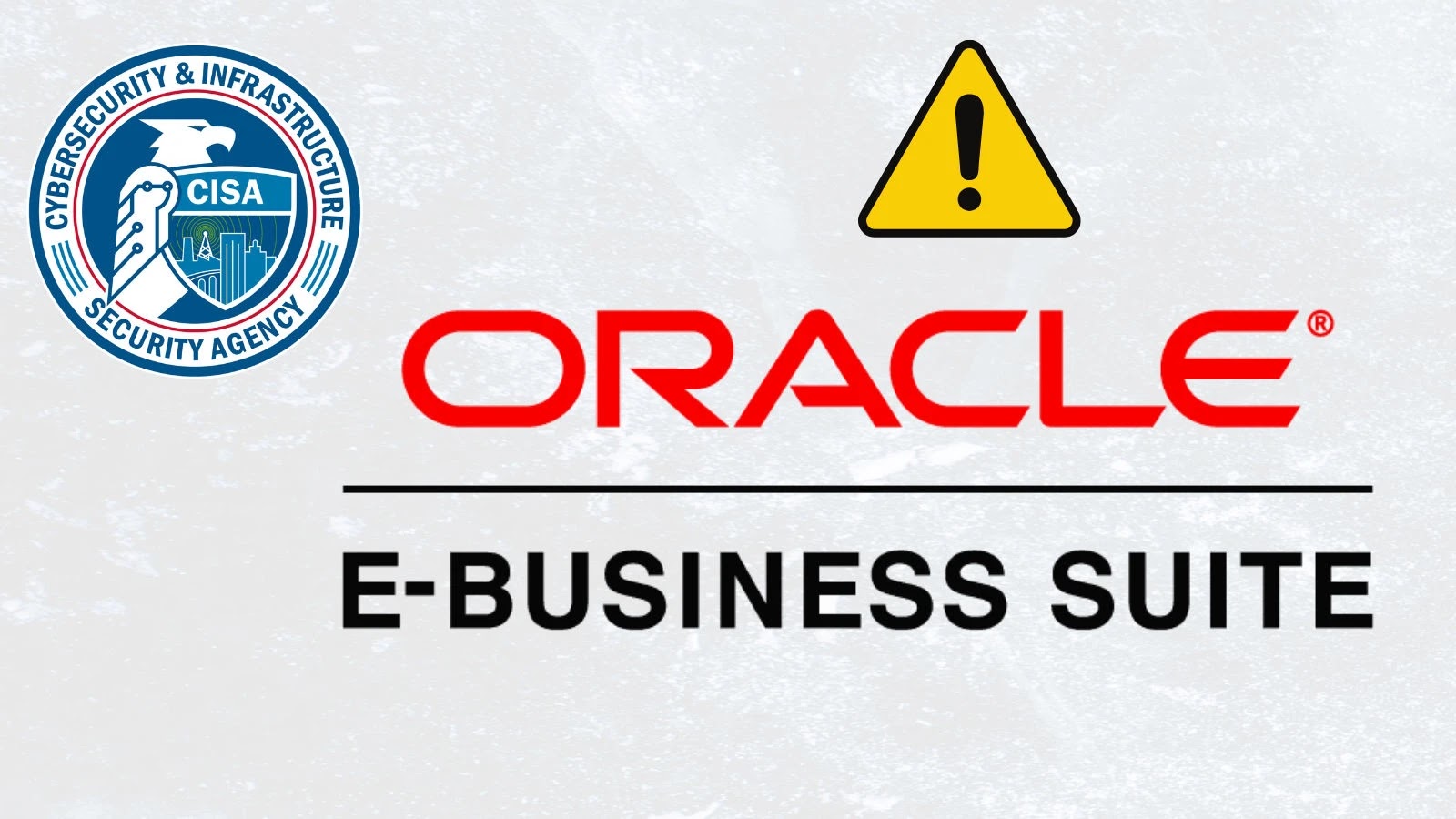
CISA Warns Of Oracle E-Business Suite SSRF Vulnerability Actively Exploited In Attacks
CISA Issues Urgent Warning: Oracle E-Business Suite Under Active Attack via Critical SSRF Vulnerability
The cybersecurity landscape is constantly evolving, and a recent alert from the Cybersecurity and Infrastructure Security Agency (CISA) underscores this reality. CISA has issued an urgent warning regarding a critical Server-Side Request Forgery (SSRF) vulnerability impacting Oracle E-Business Suite. This isn’t just another theoretical flaw; threat actors are actively exploiting this vulnerability in ongoing attacks, demanding immediate attention from organizations utilizing the affected software.
This exploitation poses a significant risk, potentially leading to unauthorized access, sensitive data exfiltration, and broader compromise of critical business operations. Understanding the nature of this vulnerability, its potential impact, and the necessary remediation steps is paramount for safeguarding your organization’s digital assets.
Understanding CVE-2025-61884: The Heart of the Matter
The vulnerability at the center of CISA’s alert is tracked as CVE-2025-61884. This critical flaw resides within the Runtime component of Oracle Configurator, a key module within the Oracle E-Business Suite. Officially categorized as an SSRF vulnerability, it allows remote attackers to craft and forge requests without requiring any authentication.
An SSRF vulnerability essentially tricks a server into making requests to an arbitrary domain supplied by the attacker. In the context of Oracle E-Business Suite, this can be leveraged to:
- Access internal resources that are not publicly exposed.
- Scan internal networks.
- Bypass firewalls and other security mechanisms.
- Potentially exfiltrate sensitive data from internal systems.
The fact that this vulnerability can be exploited by remote attackers without authentication makes it particularly dangerous, as it significantly lowers the barrier of entry for malicious actors.
The Critical Impact of Active Exploitation
CISA’s warning emphasizes the active exploitation of CVE-2025-61884. This means that proof-of-concept exploits likely exist in the wild, and sophisticated threat actors are already incorporating them into their attack methodologies. Organizations failing to address this vulnerability are at a heightened risk of:
- Unauthorized Access: Attackers can gain entry to systems and data they shouldn’t have access to.
- Data Exfiltration: Sensitive business data, customer information, or intellectual property could be stolen.
- System Compromise: The SSRF could be a stepping stone to further compromise of the Oracle E-Business Suite environment and connected systems.
- Business Disruption: Attacks could lead to service outages, data corruption, and significant operational impact.
The financial and reputational consequences of such breaches can be severe and long-lasting.
Remediation Actions: Securing Your Oracle E-Business Suite
Given the active exploitation of CVE-2025-61884, immediate action is crucial. Organizations running Oracle E-Business Suite must prioritize the following remediation steps:
- Apply Vendor Patches Immediately: Oracle will undoubtedly release security patches to address CVE-2025-61884. Monitor Oracle’s official security advisories and apply all relevant patches to your Oracle E-Business Suite environment without delay. This is the most effective and direct mitigation.
- Review and Harden Network Segmentation: Ensure that your Oracle E-Business Suite is properly segmented from other critical systems. This can limit an attacker’s lateral movement if the E-Business Suite is compromised.
- Implement Strong Ingress/Egress Filtering: Configure firewalls and network access control lists (ACLs) to restrict outbound connections from your Oracle E-Business Suite environment to only necessary and approved destinations. This can help prevent the successful execution of SSRF requests to arbitrary internal or external servers.
- Monitor for Suspicious Activity: Enhance logging and monitoring for your Oracle E-Business Suite. Look for unusual requests originating from the application server, particularly those targeting internal IP addresses or uncharacteristic external domains.
- Conduct Regular Security Audits: Perform regular security assessments, penetration testing, and vulnerability scanning on your Oracle E-Business Suite to identify and address potential weaknesses proactively.
- Educate Your Teams: Ensure your IT and security teams are aware of this specific threat and the importance of timely patching and security best practices.
Tools for Detection and Mitigation
While prompt patching is the primary defense, several tools can aid in detection, scanning, and mitigation strategies against SSRF vulnerabilities and general E-Business Suite security posture:
| Tool Name | Purpose | Link |
|---|---|---|
| Oracle Critical Patch Updates (CPUs) | Official source for security patches and advisories from Oracle. | Oracle Security Alerts |
| Web Application Firewalls (WAFs) | Can help detect and block malicious HTTP requests, including those attempting SSRF. | N/A (Vendor specific) |
| Network Intrusion Detection/Prevention Systems (NIDS/NIPS) | Monitor network traffic for suspicious patterns and block known attack signatures. | N/A (Vendor specific) |
| Vulnerability Scanners (e.g., Nessus, Qualys) | Identify known vulnerabilities in web applications and network devices. | N/A (Vendor specific) |
Conclusion
The active exploitation of CVE-2025-61884 in Oracle E-Business Suite is a serious concern for any organization relying on this critical business software. CISA’s urgent alert serves as a clear call to action. Prioritizing the application of vendor-provided security patches, bolstering network security controls, and maintaining vigilant monitoring are essential steps to protect against the potentially severe consequences of this vulnerability. Proactive security measures are not just good practice; they are critical for resilience in the face of ongoing cyber threats.





